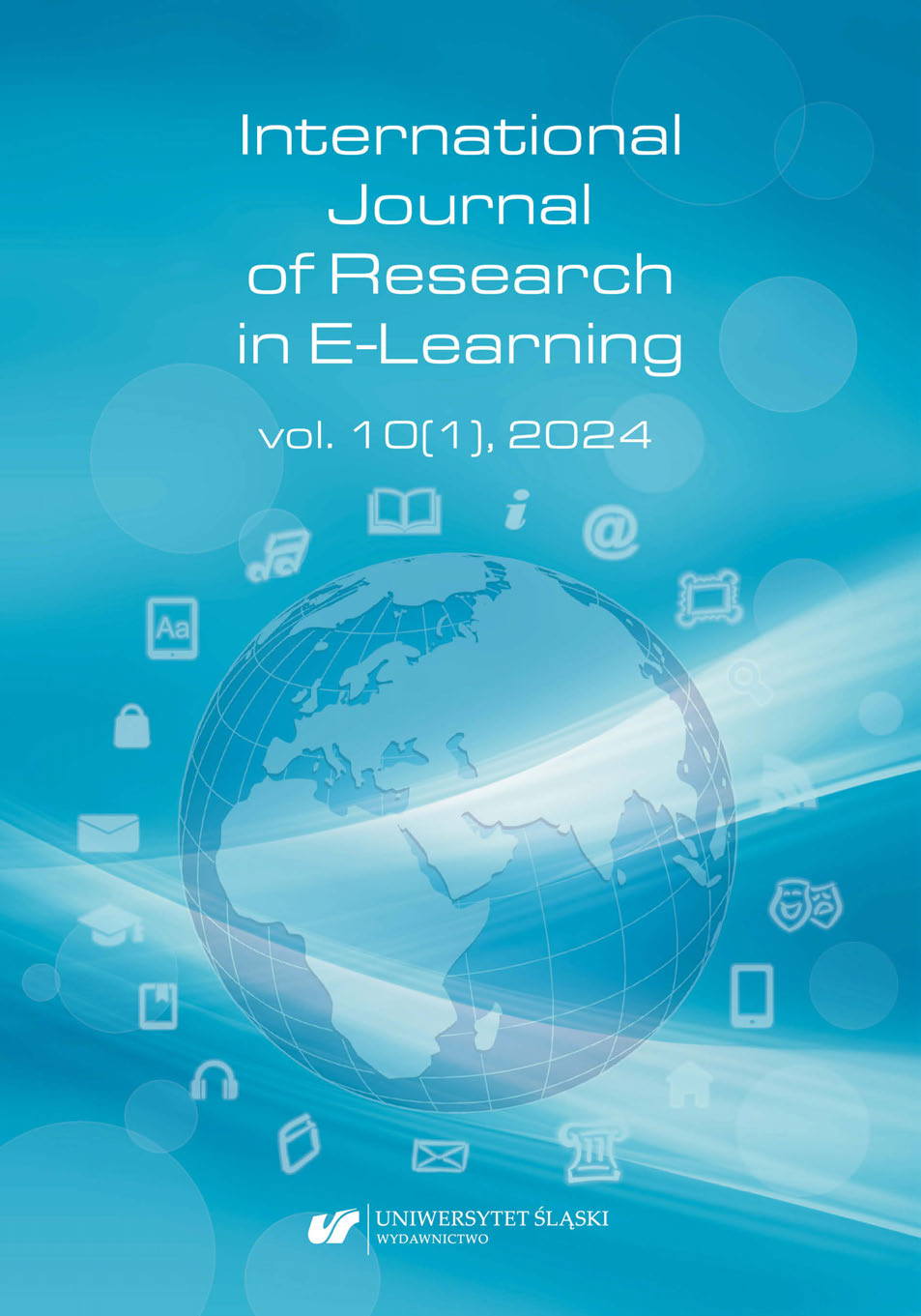ABM, Creation and development of Regional Digital Medicine Centers–2023–Medical Research Agency, konkurs ABM. https://www.abm.gov.pl/pl/konkursy/archiwalne-nabory-1/2023/1918, Tworzenie-i-rozwoj-Regionalnych-Centrow-Medycyny-Cyfrowej.html.
Google Scholar
Biecek, P. (2013). Data analysis with R program. https://ksiegarnia.pwn.pl/Analiza-dani-z-programem-R,68467550,p.html.
Google Scholar
Biecek, P. (2017). Guide to the R package – Publishing House of the Warsaw University of Technology.
Google Scholar
http://www.wydawnictwopw.pl/index.php?s=karta&id=3217.
Google Scholar
Central Statistical Office / Thematic areas / Health. (n.d.). Retrieved 7 January 2024, from https://stat.gov.pl/obszary-tematyczne/zdrowie/.
Google Scholar
CRAN:Manuals. (n.d.). Retrieved December 28, 2023, from https://cran.r-project.org/manuals.html
Google Scholar
Daniel Adrian | IntroStat Shiny Apps. (n.d.). Retrieved 28 December 2023, from https://facweb.gvsu.edu/adriand1/215apps.html.
Google Scholar
Farrel, A., Li, P., Veenbergen, S., Patel, K., Maris, J. M., & Leonard, W. J. (2023). ROGUE: an R Shiny app for RNA sequencing analysis and biomarker discovery. BMC Bioinformatics, 24 (1), 303. https://doi.org/10.1186/s12859-023-05420-y.
Google Scholar
Fawcett, L. (2018). Using Interactive Shiny Applications to Facilitate Research-Informed Learning and Teaching. Journal of Statistics Education, 26 (1), 2–16. https://doi.org/10.1080/10691898.2018.1436999.
Google Scholar
Fernandes, Kelwin, Cardoso, Jaime, & Fernandes, J. (2017). Cervical cancer (Risk Factors).
Google Scholar
Published: UCI Machine Learning Repository. https://archive.ics.uci.edu/dataset/383/cervical+cancer+risk+factors.
Google Scholar
Garfield, J. & Ben-Zvi, D. (2007). How Students Learn Statistics Revisited: A Current Review of Research on Teaching and Learning Statistics. International Statistical Review, 75 (3), 372–396. https://doi.org/10.1111/j.1751-5823.2007.00029.x.
Google Scholar
Gov.pl: How to get access to SRP - Ministry of Digitization–Gov.pl portal. (n.d.). Retrieved 7 January 2024, from https://www.gov.pl/web/cyfryzacji/jak-uzyskac-dostep-do-srp.
Google Scholar
Grześkowiak, M., Chudzicka-Strugała, I., Zwoździak, B., Swora-Cwynar, E., Nijakowski, K., Jokiel, M., & Roszak, M. (2020). E-learning During the Coronavirus Pandemic – Creating Educational Resources for Teaching Medical Students. Studies in Logic, Grammar and Rhetoric, 64 (1), 77–97. https://doi.org/doi:10.2478/slgr-2020-0041.
Google Scholar
Guzik, P. & Więckowska, B. (2023). Data distribution analysis – a preliminary approach to quantitative data in biomedical research. Journal of Medical Science, 92(2):e869. https://doi.org/10.20883/medical.e869.
Google Scholar
Hegarty, M. (2004). Dynamic visualizations and learning: Getting to the difficult questions. Learn Instr, 14. https://doi.org/10.1016/j.learninstruc.2004.06.007.
Google Scholar
Discover! Disclose! Explain! A collection of essays on the art of presenting data – PDF, (2014). https://www.wuw.pl/product-pol-6322-Odkryc-Ujawniac-Objasniac-Zbior-esejow-o-sztuce-prezentowania-anych-PDF.html.
Google Scholar
Jamie, D. M. (2002). Using Computer Simulation Methods to Teach Statistics: A Review of the Literature. Journal of Statistics Education, 10 (1), null-null. https://doi.org/10.1080/10691898.2002.11910548.
Google Scholar
Jiang, Z., Cao, W., Chu, H., Bazerbachi, F., & Siegel, L. (2023). RIMeta: An R shiny tool for estimating the reference interval from a meta-analysis. Research Synthesis Methods, 14 (3), 468–478. https://doi.org/10.1002/jrsm.1626.
Google Scholar
Kumar, A., Kumar, P., Palvia, S. C. J., & Verma, S. (2017). Online education worldwide: Current status and emerging trends. Journal of Information Technology Case and Application Research, 19. https://doi.org/10.1080/15228053.2017.1294867.
Google Scholar
Laureaci_szp_2023_2.pdf. (n.d.). Retrieved 22 December 2023, from https://www.umb.edu.pl/photo/pliki/aktualnosci/2023/laureaci_szp_2023_2.pdf.
Google Scholar
Liebig, P., Pröhl, H., Sudhaus-Jörn, N., Hankel, J., Visscher, C., & Jung, K. (2022). Interactive, Browser-Based Graphics to Visualize Complex Data in Education of Biomedical Sciences for Veterinary Students. Medical Science Educator, 32 (6), 1323–1335. https://doi.org/10.1007/s40670-022-01613-x.
Google Scholar
Liu, L., Xie, Y., Yang, H., Lin, A., Dong, M., Wang, H., Zhang, C., Liu, Z., Cheng, Q., Zhang, J., Yuan, S., & Luo, P. (2023). HPVTIMER: A shiny web application for tumor immune estimation in human papillomavirus-associated cancers. IMeta, 2 (3), e130. https://doi.org/10.1002/imt2.130.
Google Scholar
Milewski, R. & Roszak, M. (2023). The Issue of Selection of Appropriate Methodology and Methods of Graphical Representation of Data in Biomedical Research. Studies in Logic, Grammar and Rhetoric, 68 (1), 123–131. https://doi.org/10.2478/slgr-2023-0006.
Google Scholar
Murray, S. (2014). Interactive data visualization (1–1 online resource). Helion; WorldCat. http://www.myilibrary.com?id=610946.
Google Scholar
Pfannkuch, M. (2011). The Role of Context in Developing Informal Statistical Inferential Reasoning: A Classroom Study. Mathematical Thinking and Learning, 13 (1–2), 27–46. https://doi.org/10.1080/10986065.2011.538302.
Google Scholar
The Polish Mbaza AI application is one of the best in the world according to UNESCO. (2023, December 28). MamStartup. https://mamstartup.pl/polska-aplikacja-mbaza-ai-chodzi-z-najlepszych-na-swiecie-wg-unesco/.
Google Scholar
Roszak, M., Leszczyński, P., Starowicz, K., Wiktorzak, P., Torres, K., Świniarski, P., & Kononowicz, A. (2020). E-learning in medical education. Warsaw: Warsaw University of Technology. https://ruj.uj.edu.pl/xmlui/handle/item/266266.
Google Scholar
Jagiellonian University Medical College syllabus. Retrieved 28 December 2023, from https://sylabus.cm-uj.krakow.pl/pl/6/1/7/1/1?masterElement.
Google Scholar
Wang, C., Govindarajan, H., Katsonis, P., & Lichtarge, O. (2023). ShinyBioHEAT: an interactive shiny app to identify phenotype driver genes in E.coli and B.subtilis. Bioinformatics, 39 (8), btad467. https://doi.org/10.1093/bioinformatics/btad467.
Google Scholar
Wang, S. L., Zhang, A. Y., Messer, S., Wiesner, A., & Pearl, D. K. (2021). Student-Developed Shiny Applications for Teaching Statistics. Journal of Statistics and Data Science Education, 29 (3), 218–227. https://doi.org/10.1080/26939169.2021.1995545.
Google Scholar
Wickham, H. (2021). Welcome | Mastering Shiny (2021st ed.). https://mastering-shiny.org/.
Google Scholar
Wickham, H. (2023). R for Data Science, 2nd Edition [Book]. https://www.oreilly.com/library/view/r-for-data/9781492097396/.
Google Scholar


 https://doi.org/10.31261/IJREL.2024.10.1.03
https://doi.org/10.31261/IJREL.2024.10.1.03
